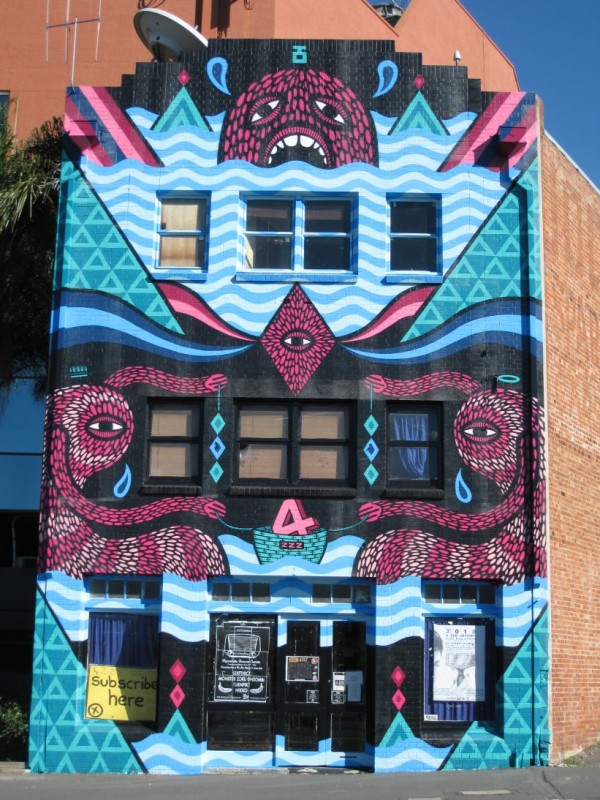Councils encouraged to embrace graffiti
Brisbane City Council’s zero tolerance policy on graffiti is leading to more criminal activity and preventing freedom of expression within a growing sub-culture.
Brisbane City Council’s zero tolerance policy on graffiti is leading to more criminal activity and preventing freedom of expression within a growing sub-culture.
Unlike other city councils such as Melbourne, Brisbane chooses to deny graffiti or street art as a valid form of artistic expression.
Only recently the National Library of Australia added a website with an online collection of over 4000 street art photos, possibly the largest collection in Australia.
“It is not the role of the National Library of Australia, nor indeed libraries in general, to censor or endorse the contents of their collections,” said director-general, Anne Marie Schwirtlich.
“Rather it is our role to collect, preserve and document this nation’s social history today and into the future.”
The street art scene is currently thriving in Brisbane as artists such as Anthony Lister create mainstream recognition for underground artists.
Lister, as he is most commonly known, was recently acknowledged as one of Australia’s “Top 50 Most Collectable” artists in the Australian Art Collector.
Brisbane street artists such as Lister, Fintan Magee and Mikey Aerosoul have carved a path into the niche “legal street mural” market.
“As outer shire councils embrace youth and underground sub cultures our inner city councils should be more open to similar projects that encourage free expression and creativity such as self managing walls and spaces to practice aerosol art to also prevent the risk of inexperienced artists seeking space in illegitimate ways,” said professional muralist Mikey Aerosoul.
“Risk to safety and risk of prosecution to the artist or property damage. Legal spaces provide positive outlets and although not 100 per cent proven to stop what’s considered vandalism will reduce it by a large amount and will be a visible difference.”
It seems that the graffiti “vandals” are ruining the exposure created by these artists. In January vandals took advantage of the flood emergency to do more than $1 million to stationed trains.
Brisbane City Council’s guidelines for prevention of graffiti outlines three “surface treatments”:
The application of legal art on surfaces that are otherwise continuous and blank, is a common graffiti prevention strategy. It is also very effective.
The basis of successful legal art is that:
- the style is dense and colourful
- the style does not resemble the graffiti
- form that no blank areas remain
Within the subculture that graffiti artists respect each others work and are less likely to tag high quality commissioned work than non-commissioned.
[polldaddy poll=”5477599″]

